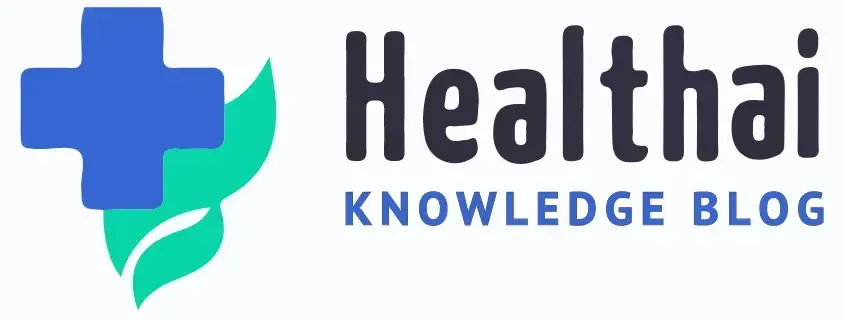Child Acne
Child acne, although less common than adolescent acne, can still be a significant concern for children and their parents. Acne is a chronic inflammatory skin condition that typically begins during puberty due to hormonal changes. However, it can also affect younger children, leading to physical discomfort and potential emotional distress.

Causes of Child Acne
Child acne is primarily caused by the same factors as adolescent acne, but there are additional considerations for younger children:
Hormonal Changes: During puberty, increased levels of androgens (male hormones present in both boys and girls) stimulate the sebaceous glands to produce more oil (sebum). This excess oil can mix with dead skin cells, leading to clogged pores and acne.
Genetics: A family history of acne can increase the likelihood of a child developing the condition, suggesting a genetic predisposition.
Skin Products: The use of heavy or oily skincare products can contribute to clogged pores, especially in children with sensitive skin.
Diet and Lifestyle: While the link between diet and acne is not fully understood, some studies suggest that high glycemic index foods and certain dairy products may exacerbate acne.
Environmental Factors: Exposure to pollution and humidity can increase the risk of acne by clogging pores and irritating the skin.
Types of Child Acne
Child acne can manifest in various forms, similar to acne in older individuals:
Comedonal Acne: This type includes blackheads and whiteheads, which form when pores are clogged with oil and dead skin cells.
Inflammatory Acne: Characterized by red, swollen pimples, this type of acne occurs when bacteria infect clogged pores, leading to inflammation.
Nodular and Cystic Acne: These severe forms of acne involve deep, painful lesions that can cause scarring. They require prompt medical attention.

Treatment Options for Child Acne
Treating child acne involves a combination of lifestyle changes, topical treatments, and, in some cases, prescription medications:
Topical Treatments: Over-the-counter products containing benzoyl peroxide or salicylic acid can help reduce oil production and unclog pores. Retinoids, such as adapalene, may be prescribed for more severe cases.
Oral Medications: In cases of moderate to severe acne, oral antibiotics like doxycycline or minocycline may be used to reduce inflammation and bacterial growth.
Hormonal Treatments: For adolescent girls, oral contraceptives or spironolactone may be considered to regulate hormones and reduce acne.
Lifestyle and Skincare Modifications: Encouraging a gentle skincare routine, avoiding picking or squeezing pimples, and using non-comedogenic products can help manage acne.
Professional Treatments: In severe cases, dermatological procedures such as chemical peels or laser therapy may be recommended to reduce acne lesions and improve skin texture.
FAQs About Child Acne
1. Can child acne be prevented?
While it may not be entirely preventable, maintaining a gentle skincare routine and avoiding known triggers can help manage and reduce the severity of acne.
2. Is child acne different from teenage acne?
The underlying causes are similar, but child acne may require different treatment approaches due to the sensitivity of younger skin.
3. How long does it take to see improvement with treatment?
Improvement can typically be seen within 4 to 6 weeks of starting treatment, but it may take longer for more severe cases.
4. Should I see a dermatologist for my child's acne?
If over-the-counter treatments are not effective, or if acne is severe and causing scarring or emotional distress, it is advisable to consult a dermatologist for a tailored treatment plan.
5. Are there any natural remedies for child acne?
While some natural remedies may offer mild benefits, they are generally less effective than conventional treatments. It's important to discuss any alternative treatments with a healthcare provider to ensure safety and efficacy.
About Us
Healthia City Clinic is the leading healthcare provider in the region that also stands committed to providing for the ever-growing and diverse healthcare needs of the individuals in our community.
© 2020 All rights reserved. Privacy Policy
